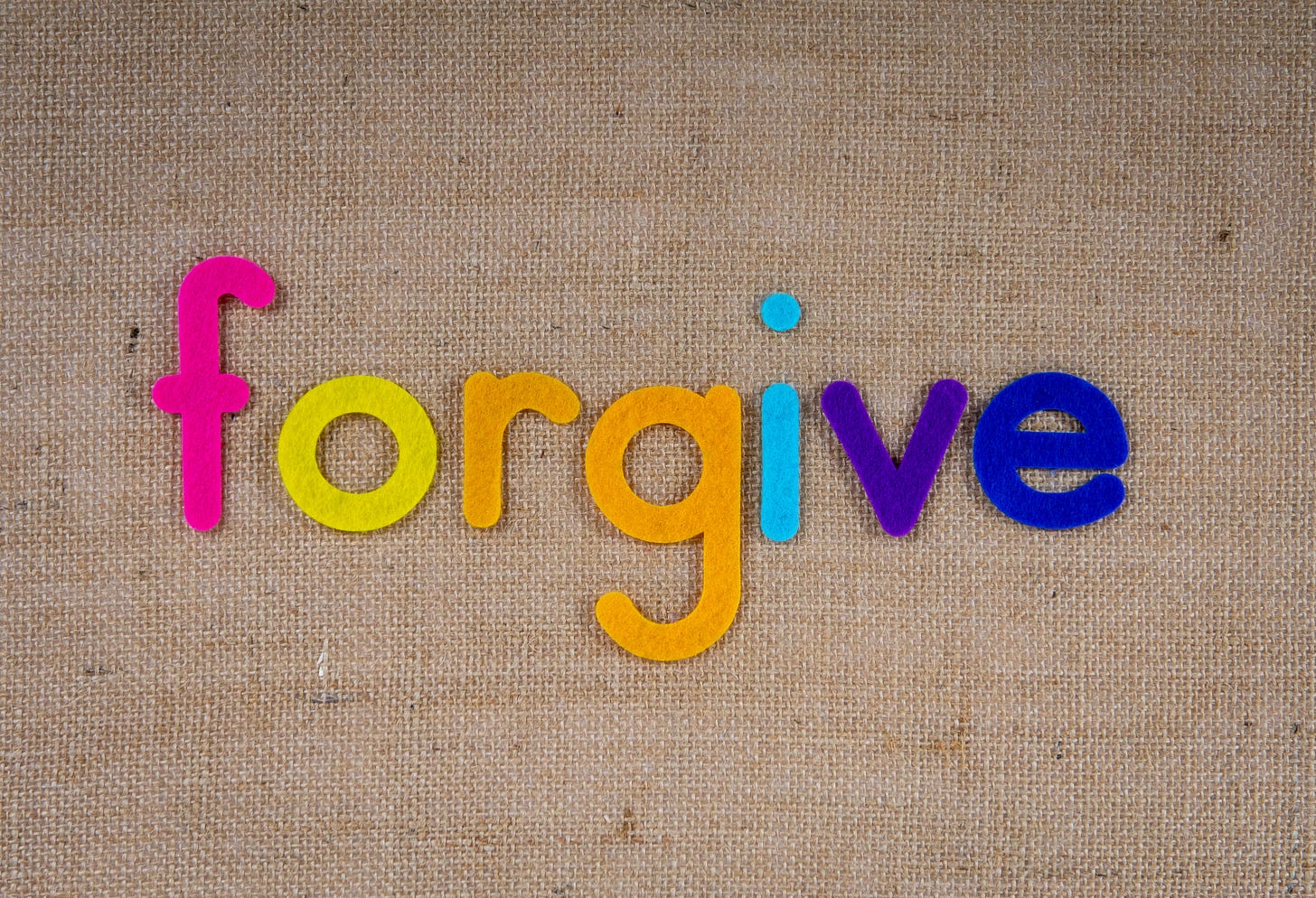The art of letting go is a powerful concept that can have a transformative impact on our lives.
Letting go involves releasing attachments, surrendering control, and embracing the natural flow of life. It is about giving up the emotional baggage, negative thoughts, and limiting beliefs that weigh us down and prevent personal growth. Here are key aspects of the art of letting go.
Acceptance
Letting go starts with accepting the things we cannot change. It involves acknowledging that some situations, circumstances, or relationships may be beyond our control, and that acceptance can bring peace and liberation.
Imagine facing a job loss that was unexpected and disheartening. Letting go of this situation would involve accepting the reality of the situation, acknowledging that it happened, and reframing it as an opportunity for new beginnings and growth. Acceptance allows you to release resistance and move forward, exploring new career paths or seeking out fresh opportunities.
Emotional Detachment
Emotional attachment to outcomes, people, or past experiences can hinder our progress. Letting go requires developing a healthy sense of detachment, allowing us to detach our self-worth from external factors and detach from toxic or unfulfilling relationships.
Consider a situation where you have been investing time and effort into a project or goal, but it doesn’t yield the desired outcome. Letting go emotionally would involve detaching from the specific outcome and instead focusing on the lessons learned, personal growth achieved, and the satisfaction of giving your best. Emotional detachment helps you maintain a sense of fulfillment and resilience, even when things don’t go as planned.
Forgiveness
Holding onto grudges and resentment only burdens us. Letting go involves forgiveness both for others and ourselves. By forgiving, we release negative emotions and create space for healing and personal growth.
Think about a past conflict or hurtful experience with someone close to you. Letting go through forgiveness means releasing the anger, resentment, and desire for revenge, and choosing to forgive the person for their actions, allowing healing and restoring peace within yourself. Forgiveness sets you free from the emotional burden, enabling you to move forward and cultivate healthier relationships.
Every night, make a sincere effort to forgive each person who has wronged you and pray for their well-being. By doing so, you will open yourself up to a world of happiness, joy, and fulfillment. Your act of forgiveness will not only bring peace to your own heart but may also contribute to the well-being and growth of others. Remember that forgiveness is a powerful tool that can free you from the burden of resentment and lead you toward a more positive and fulfilling life.
Releasing Expectations
Often, our suffering arises from rigidly clinging to specific outcomes or expectations. Letting go requires loosening our grip on these expectations and allowing life to unfold organically, embracing uncertainty and being open to new possibilities.
Imagine planning a perfect outdoor event, but the weather turns out to be unfavorable. Letting go would involve releasing the attachment to the specific outcome, adapting to the situation, and finding alternative ways to create a memorable experience indoors or rescheduling the event. Releasing expectations allows you to be flexible, embrace spontaneity, and find joy in unexpected circumstances.
Trust and Faith
Letting go is rooted in trust and faith in ourselves, in others, and in the universe. It involves believing that things will work out for the best and that we have the inner resources to navigate challenges and create a fulfilling life.
Consider a situation where you’re facing a career change or pursuing a new venture. Letting go involves trusting in your abilities, having faith in the process, and believing that the universe will guide you toward the right opportunities and outcomes. Trust and faith empower you to take bold steps, overcome self-doubt, and embrace the journey with optimism and resilience.
Self-Care and Self-Compassion
Letting go also involves taking care of ourselves and practicing self-compassion. It means recognizing our limits, setting healthy boundaries, and prioritizing our well-being.
Think about a time when you feel overwhelmed and stressed due to multiple commitments and responsibilities. Letting go in this scenario would involve setting boundaries, prioritizing self-care, and practicing self-compassion by allowing yourself to take breaks, seek support, and focus on your well-being. Self-care and self-compassion are essential for maintaining balance, nurturing your overall well-being, and preventing burnout.
Growth and Transformation
Letting go is not about giving up; it's about creating space for growth and transformation. By releasing what no longer serves us, we make room for new experiences, opportunities, and personal evolution.
Think about a long-term relationship that has become stagnant and no longer serves your personal growth. Letting go would involve recognizing the need for change, acknowledging that the relationship has run its course, and bravely stepping into the unknown to pursue new possibilities and experiences. Letting go of a relationship that no longer aligns with your growth allows space for personal transformation and the opportunity to discover fulfilling connections.
Remember, the art of letting go is a continuous process that requires patience, self-reflection, and practice. It empowers us to live more freely, authentically, and joyfully by releasing the burdens of the past and embracing the possibilities of the present and future. Letting go empowers you to navigate challenges, embrace change, and cultivate a sense of freedom and peace within yourself.
Thank you for reading. I hope this blog post was able to infuse a little bit of positivity into your life. Let's spread the goodness and share it with your friends.









